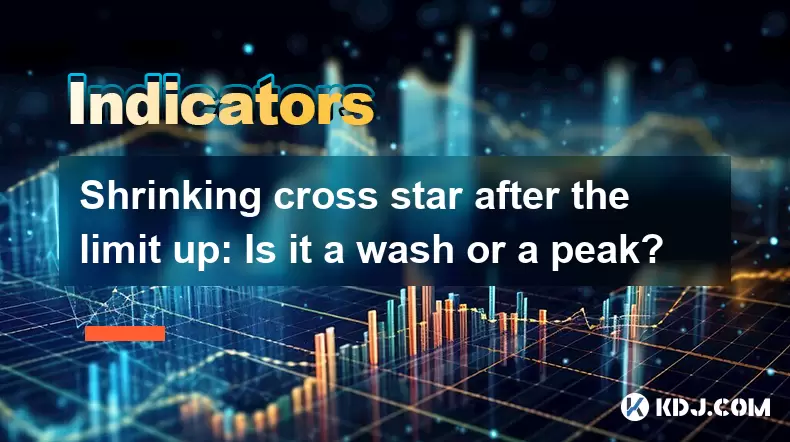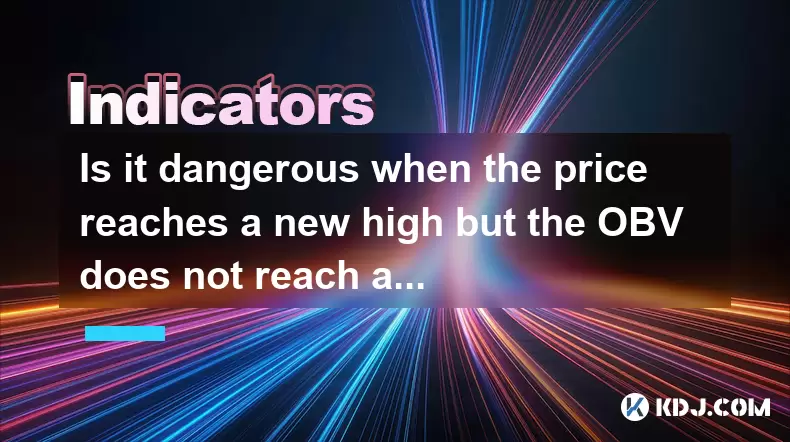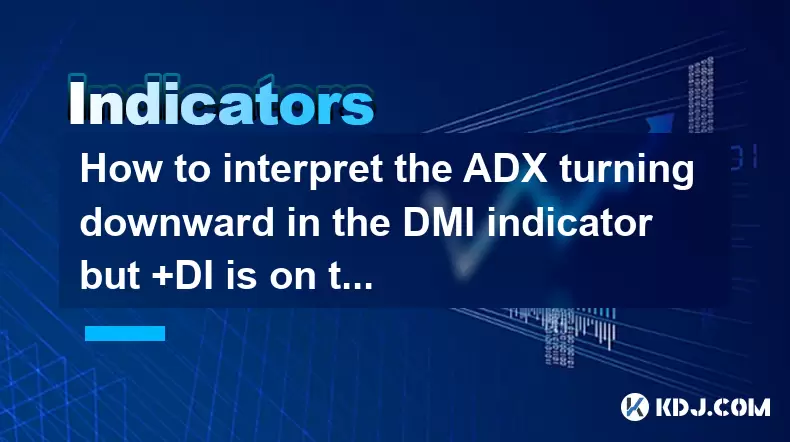-
 Bitcoin
Bitcoin $106,754.6083
1.33% -
 Ethereum
Ethereum $2,625.8249
3.80% -
 Tether USDt
Tether USDt $1.0001
-0.03% -
 XRP
XRP $2.1891
1.67% -
 BNB
BNB $654.5220
0.66% -
 Solana
Solana $156.9428
7.28% -
 USDC
USDC $0.9998
0.00% -
 Dogecoin
Dogecoin $0.1780
1.14% -
 TRON
TRON $0.2706
-0.16% -
 Cardano
Cardano $0.6470
2.77% -
 Hyperliquid
Hyperliquid $44.6467
10.24% -
 Sui
Sui $3.1128
3.86% -
 Bitcoin Cash
Bitcoin Cash $455.7646
3.00% -
 Chainlink
Chainlink $13.6858
4.08% -
 UNUS SED LEO
UNUS SED LEO $9.2682
0.21% -
 Avalanche
Avalanche $19.7433
3.79% -
 Stellar
Stellar $0.2616
1.64% -
 Toncoin
Toncoin $3.0222
2.19% -
 Shiba Inu
Shiba Inu $0.0...01220
1.49% -
 Hedera
Hedera $0.1580
2.75% -
 Litecoin
Litecoin $87.4964
2.29% -
 Polkadot
Polkadot $3.8958
3.05% -
 Ethena USDe
Ethena USDe $1.0000
-0.04% -
 Monero
Monero $317.2263
0.26% -
 Bitget Token
Bitget Token $4.5985
1.68% -
 Dai
Dai $0.9999
0.00% -
 Pepe
Pepe $0.0...01140
2.44% -
 Uniswap
Uniswap $7.6065
5.29% -
 Pi
Pi $0.6042
-2.00% -
 Aave
Aave $289.6343
6.02%
Shrinking cross star after the limit up: Is it a wash or a peak?
The shrinking cross star after a limit up signals market indecision, hinting at possible consolidation or reversal depending on volume and follow-through.
Jun 16, 2025 at 07:14 pm

Understanding the Shrinking Cross Star Pattern
In the realm of technical analysis within cryptocurrency trading, candlestick patterns play a pivotal role in predicting market behavior. One such pattern that often sparks debate is the shrinking cross star appearing after a limit up movement. A shrinking cross star refers to a candlestick formation where the body becomes progressively smaller, and the wicks (upper and lower shadows) are relatively long. This indicates indecision in the market.
When this pattern emerges after a limit up, which is when an asset hits its maximum allowable price increase in a single session, traders begin to question whether it signals a reversal or just a temporary consolidation phase. The key lies in understanding the dynamics of buying and selling pressure at these critical junctures.
The shrinking cross star itself reflects a balance between bulls and bears. It shows that while buyers attempted to push prices higher, sellers countered aggressively, dragging the price back toward the opening level. This tug-of-war often precedes a significant directional move, but determining which side will win requires deeper scrutiny.
What Happens After a Limit Up?
A limit up scenario typically occurs in highly volatile markets like cryptocurrencies. When an asset surges to its daily price cap, trading may halt temporarily, or volume may dry up as buyers dominate. Once the price resumes, the next few candles become crucial for assessing the strength of the move.
After a limit up, the appearance of a shrinking cross star suggests that momentum is slowing down. This can be interpreted in two ways: either the rally has exhausted itself, and profit-taking begins, or it’s a healthy pause before another leg up. The interpretation depends heavily on volume, surrounding context, and subsequent candle formations.
- High Volume During Limit Up: Indicates strong bullish conviction.
- Low Volume After Limit Up: Suggests lack of participation and potential weakness.
- Follower Candles: If they close below the cross star’s low, it reinforces a bearish bias.
Reading the Market Psychology Behind the Pattern
Market psychology plays a central role in interpreting candlestick patterns like the shrinking cross star. After a sharp upward move capped by a limit up, euphoria may drive FOMO (fear of missing out) buying. However, once the price reaches resistance levels or overbought zones, early buyers might start booking profits.
The shrinking cross star acts as a psychological checkpoint. It reveals hesitation among participants—bulls are unwilling or unable to push the price higher, while bears test the support level. This indecision often leads to a breakout in either direction, depending on how subsequent sessions unfold.
To better understand the implications:
- Bullish Scenario: Buyers regain control after consolidation, leading to a new surge.
- Bearish Scenario: Sellers overpower buyers, triggering a pullback or reversal.
Volume Analysis: Confirming the Signal
One of the most important aspects of confirming any candlestick pattern is analyzing the volume. In the case of a shrinking cross star following a limit up, volume can provide valuable insight into the sustainability of the trend.
If volume contracts during the formation of the cross star, it implies that neither buyers nor sellers are committing significant capital. This usually points toward a period of consolidation rather than a decisive reversal. On the other hand, if volume spikes dramatically on the cross star day, especially near resistance levels, it could signal distribution or panic selling.
Key volume indicators to watch:
- On-Balance Volume (OBV): Helps track accumulation or distribution phases.
- Volume Moving Averages: Compare current volume against historical averages to assess intensity.
- Volume Spikes: Can indicate climactic tops or bottoms depending on context.
Practical Steps for Traders
For active traders navigating this setup, it's essential to approach with caution and implement risk management strategies. Trading solely based on a single candlestick pattern without confirmation can lead to false signals.
Here’s a step-by-step guide to handling this scenario:
- Identify the Limit Up Context: Ensure the previous candle was indeed a limit up or part of a strong rally.
- Confirm the Presence of a Shrinking Cross Star: Look for a small real body with extended shadows.
- Analyze Volume: Check whether volume supports continuation or signals weakness.
- Watch for Follow-Through: Wait for the next one or two candles to confirm direction.
- Set Stop Loss Levels: Place stops above the high of the cross star if going short, or below the low if going long.
- Use Support/Resistance Levels: Align the pattern with key technical levels for confluence.
Frequently Asked Questions
Q1: Can the shrinking cross star appear in both uptrends and downtrends?
Yes, the shrinking cross star can occur in any market condition. Its significance changes based on the prevailing trend and the context in which it appears. In an uptrend, especially after a limit up, it often hints at possible exhaustion.
Q2: Is it reliable to trade the shrinking cross star in isolation?
No, relying solely on this pattern without considering volume, trend, and follow-through can be risky. Always seek additional confirmation from other indicators or price action signals.
Q3: How does the shrinking cross star differ from a doji?
While both represent indecision, a shrinking cross star specifically refers to a series of diminishing bodies, whereas a doji is a single candle with nearly equal open and close. The former emphasizes progression, while the latter highlights immediate equilibrium.
Q4: What timeframes are best suited for analyzing this pattern?
This pattern works across all timeframes but tends to carry more weight on higher timeframes like 4-hour or daily charts. Lower timeframes may produce more noise and false signals.
Disclaimer:info@kdj.com
The information provided is not trading advice. kdj.com does not assume any responsibility for any investments made based on the information provided in this article. Cryptocurrencies are highly volatile and it is highly recommended that you invest with caution after thorough research!
If you believe that the content used on this website infringes your copyright, please contact us immediately (info@kdj.com) and we will delete it promptly.
- 2025-W Uncirculated American Gold Eagle and Dr. Vera Rubin Quarter Mark New Products
- 2025-06-13 06:25:13
- Ruvi AI (RVU) Leverages Blockchain and Artificial Intelligence to Disrupt Marketing, Entertainment, and Finance
- 2025-06-13 07:05:12
- H100 Group AB Raises 101 Million SEK (Approximately $10.6 Million) to Bolster Bitcoin Reserves
- 2025-06-13 06:25:13
- Galaxy Digital CEO Mike Novogratz Says Bitcoin Will Replace Gold and Go to $1,000,000
- 2025-06-13 06:45:13
- Trust Wallet Token (TWT) Price Drops 5.7% as RWA Integration Plans Ignite Excitement
- 2025-06-13 06:45:13
- Ethereum (ETH) Is in the Second Phase of a Three-Stage Market Cycle
- 2025-06-13 07:25:13
Related knowledge

How to interpret the low opening the next day after the long lower shadow hits the bottom?
Jun 18,2025 at 12:22am
Understanding the Long Lower Shadow Candlestick PatternIn technical analysis, a long lower shadow candlestick is often seen as a potential reversal signal in a downtrend. This pattern occurs when the price opens, trades significantly lower during the session, but then recovers to close near the opening price or slightly above. The long wick at the botto...

How to operate the RSI indicator repeatedly in the 40-60 range?
Jun 18,2025 at 12:56am
Understanding the RSI Indicator and Its RelevanceThe Relative Strength Index (RSI) is a momentum oscillator widely used in cryptocurrency trading to measure the speed and change of price movements. Typically, the RSI ranges from 0 to 100, with levels above 70 considered overbought and below 30 considered oversold. However, when the RSI repeatedly stays ...

Why is the volume ratio suddenly enlarged three times but the price fluctuation is small?
Jun 18,2025 at 04:42am
Understanding the Relationship Between Trading Volume and Price MovementIn the world of cryptocurrency trading, volume is a crucial metric that reflects the number of assets traded within a specific time frame. It often serves as an indicator of market interest and liquidity. However, there are instances where trading volume surges dramatically—sometime...

How strong is the MACD golden cross below the zero axis?
Jun 17,2025 at 11:00pm
Understanding the MACD Indicator in Cryptocurrency TradingThe Moving Average Convergence Divergence (MACD) is one of the most widely used technical indicators among cryptocurrency traders. It helps identify potential trend reversals, momentum shifts, and entry or exit points. The MACD consists of three main components: the MACD line, the signal line, an...

Is it dangerous when the price reaches a new high but the OBV does not reach a new high?
Jun 18,2025 at 06:14am
Understanding On-Balance Volume (OBV) in Cryptocurrency TradingIn the world of cryptocurrency trading, technical indicators play a crucial role in analyzing market behavior and predicting future price movements. One such widely used indicator is the On-Balance Volume (OBV), which helps traders assess the strength of buying or selling pressure behind pri...

How to interpret the ADX turning downward in the DMI indicator but +DI is on the top?
Jun 18,2025 at 08:01am
Understanding the Role of Decentralized Finance in Modern Cryptocurrency EcosystemsDecentralized Finance, commonly known as DeFi, has emerged as a cornerstone of the modern cryptocurrency ecosystem. Unlike traditional financial systems that rely on centralized intermediaries like banks and brokers, DeFi platforms operate on blockchain networks to offer ...

How to interpret the low opening the next day after the long lower shadow hits the bottom?
Jun 18,2025 at 12:22am
Understanding the Long Lower Shadow Candlestick PatternIn technical analysis, a long lower shadow candlestick is often seen as a potential reversal signal in a downtrend. This pattern occurs when the price opens, trades significantly lower during the session, but then recovers to close near the opening price or slightly above. The long wick at the botto...

How to operate the RSI indicator repeatedly in the 40-60 range?
Jun 18,2025 at 12:56am
Understanding the RSI Indicator and Its RelevanceThe Relative Strength Index (RSI) is a momentum oscillator widely used in cryptocurrency trading to measure the speed and change of price movements. Typically, the RSI ranges from 0 to 100, with levels above 70 considered overbought and below 30 considered oversold. However, when the RSI repeatedly stays ...

Why is the volume ratio suddenly enlarged three times but the price fluctuation is small?
Jun 18,2025 at 04:42am
Understanding the Relationship Between Trading Volume and Price MovementIn the world of cryptocurrency trading, volume is a crucial metric that reflects the number of assets traded within a specific time frame. It often serves as an indicator of market interest and liquidity. However, there are instances where trading volume surges dramatically—sometime...

How strong is the MACD golden cross below the zero axis?
Jun 17,2025 at 11:00pm
Understanding the MACD Indicator in Cryptocurrency TradingThe Moving Average Convergence Divergence (MACD) is one of the most widely used technical indicators among cryptocurrency traders. It helps identify potential trend reversals, momentum shifts, and entry or exit points. The MACD consists of three main components: the MACD line, the signal line, an...

Is it dangerous when the price reaches a new high but the OBV does not reach a new high?
Jun 18,2025 at 06:14am
Understanding On-Balance Volume (OBV) in Cryptocurrency TradingIn the world of cryptocurrency trading, technical indicators play a crucial role in analyzing market behavior and predicting future price movements. One such widely used indicator is the On-Balance Volume (OBV), which helps traders assess the strength of buying or selling pressure behind pri...

How to interpret the ADX turning downward in the DMI indicator but +DI is on the top?
Jun 18,2025 at 08:01am
Understanding the Role of Decentralized Finance in Modern Cryptocurrency EcosystemsDecentralized Finance, commonly known as DeFi, has emerged as a cornerstone of the modern cryptocurrency ecosystem. Unlike traditional financial systems that rely on centralized intermediaries like banks and brokers, DeFi platforms operate on blockchain networks to offer ...
See all articles

























































































